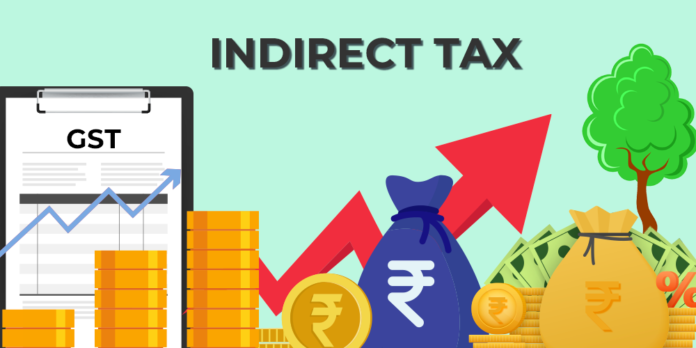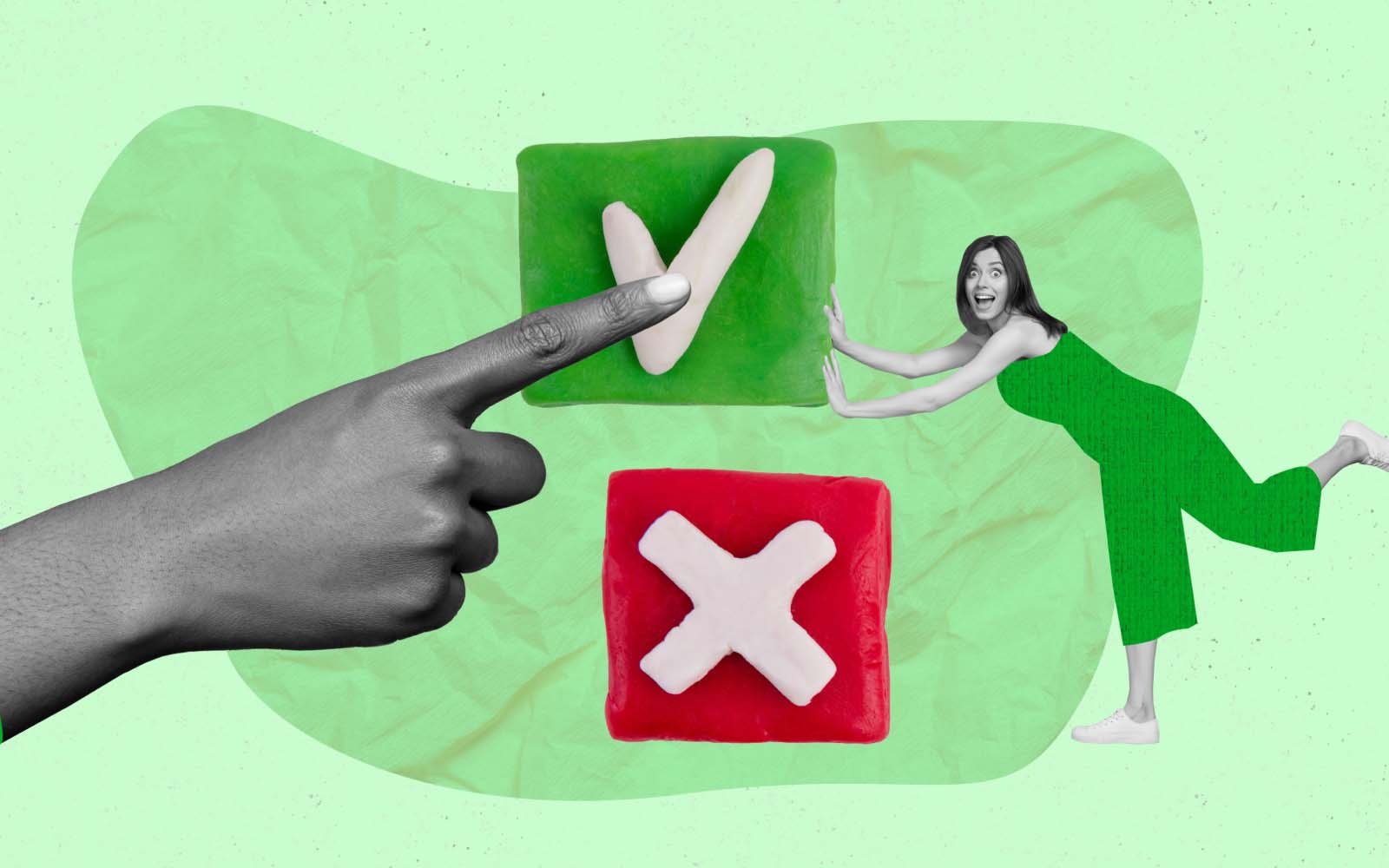Johan Rockstrom, recipient of the 2024 Tyler Prize, often dubbed the Nobel Prize in Environment, has warned that six of the nine planetary boundaries have been breached, pushing Earth out of the safe zone. These boundaries encompass land systems change, freshwater change, biogeochemical flows, biosphere integrity, climate change, novel entities, stratosphere ozone depletion, atmospheric aerosol loading, and ocean acidification, with only the last three remaining within safe limits. The scientific evidence of our planet’s peril is unequivocal, and we have a limited window to rescue it from intensive care. See the link – https://earth.org/earth-is-entering-a-danger-zone-as-six-of-nine-planetary-boundaries-already-past-safe-limit-scientists-find/
Several factors have contributed to our current state. Specific to India, these include the tripling of India’s population since its independence, massive changes in lifestyle, adoption of a fossil fuel-based economy dependent on coal and oil, deforestation, and so on. Fundamentally, our culture transitioned from a reverence for respecting the five foundational elements of nature, namely, soil, water, air, fire/energy, and space, to a culture that showed indifference to these elements.
Furthermore, societal perceptions equating happiness with material possessions and wealth have exacerbated the issue. In contrast, historical wisdom, such as that found in our own country, emphasized finding happiness by overcoming desires through wisdom without suppressing them, a philosophy now overshadowed.
Our modern concept of running our economy by GDP as a measure fails to distinguish between activities that enhance well-being and those that degrade it, underscoring the urgent need for a new economic model to restore India’s health.
Fortuitously, in 2017, India launched the Goods and Services Tax (GST) model with a mission to simplify the multiplicity of several indirect taxes and eliminate the cascading effect of taxes. A bold, novel, and innovative move. Almost the entire population is now aware that GST has five tiers, ranging from 0% to 28%. Most of us, including our planners, view GST as a tool to collect indirect taxes by placing the products and services in the tiers in a manner that is fair for the entire population based on their affordability and income levels.
For example, luxury goods are in the highest tax tier. The logic is sound. However, it is now time to leverage GST to build a more sustainable India. We must use the current tier structure to allocate products and services regardless of their cost in higher to highest tax tiers if they are wreaking havoc on any of the five foundational elements: soil, water, air, energy, and space. This will achieve the dual purpose of rehabilitating the climactic health of India while creating a clean tech entrepreneurship culture that one would have never witnessed. Examples are provided below on how we could implement this.
Soil
Chemical fertilizers that degrade soil must be placed in the highest tax tier, and plant-based fertilizers in the lowest or 0% tax tier. This will encourage several small startups to shift their focus to develop plant-based fertilizers since the demand for chemical fertilizers would dampen. Entrepreneurs will leverage several microbial innovations to extract fertilizer inputs from wastewater, including the generation of electricity as demonstrated by Dr. Nikhil Malvankar, Malvankar Labs, Yale University, USA.
Similarly, textiles using cotton grown in a lab may be in the 0% tax tier rather than cotton coming from a farm as monocultures are degrading our soil, plus lab-grown cotton occupies significantly less land and other resource inputs such as water. This analogy may hold true for other lab-grown products such as meat, coffee, or leather. Building products such as bricks are ruining our topsoil, manufacture of steel, cement, and so on directly or indirectly ruin the soil and emit greenhouse gas emissions. Several green alternatives, indigenous materials, and green composites are already replacing these products, Correct GST placement of these eco-friendly alternatives in the right tiers can make them competitive.
Fortunately, when India added the extra 2 digits to the 6-digit Harmonized System of Nomenclature (HSN), one of the backbones of GST that classifies products, the resultant 8-digit HSN added more specificity and granularity to products. Therefore, GST is well-positioned to differentiate between a shirt that is made from lab-grown cotton versus a shirt that is made from cotton coming from a farm. A feat no other indirect tax system has achieved.
Water
If a small laundromat business owner purchases a washer cum dryer that runs on liquid CO2 instead of water and uses significantly less electricity compared to a traditional washer and a dryer, then this product should be in the lowest tax tier at 0%, and the traditional washer and dryer at the highest tax tier of 28%. The rationale is that a liquid CO2 washer cum dryer will encourage several startups and save us billions of gallons of water.
Air
Every citizen of India is aware of traffic congestion, poor air quality index, and high levels of asthma in major cities. This is unsustainable. A full-time Uber, Ola, Lyft, Autorickshaw driver who buys an electric vehicle, or a highly fuel-efficient vehicle must pay 0% tax. Whereas a private car owner may need to pay the highest 28% tax regardless of the type of car he purchases, potentially a surtax if it runs on diesel or petrol. This strategy may reduce congestion and improve air quality.
Energy
If a homeowner were to install a blade-less windmill, a vertical bifacial organic solar photovoltaic unit, or a bio-digester that converts food waste to cooking gas, and so on should be at the lowest tax tier of 0%. This will encourage several companies and startups to enter the market creating a renewable energy revolution and lowering our dependence on fossil fuels.
Similarly, any textile material that uses natural dyes, liquid CO2, and no water, waste milk to make fabric, lab-grown cotton, and so on could be eligible to be in the lowest 0% tax tier.
Space
If electric vehicle batteries use metals derived from the moon or even from the Clarion Clipperton Zone (the underwater seabed in the Pacific Ocean), the final product will have a high surtax over and above the highest tax tier. There are myriad startups armed to mine the moon and the ocean floors. The moon has significant positive influences on Earth such as control of reproductive behavior in several life forms including plant growth and so on. A coalition of six hundred marine scientists objected to deep-sea mining, but the International Seabed authority unfortunately allowed some startups to exploit our seabed under the guise of it being experimental.
The above is just a sample illustration of the scope of GST to influence consumer behavior patterns to create a sustainable India. The following key considerations may need careful deliberation by the GST council.
- Compressing the GST tiers – Debates surrounding simplifying GST with 2 or 3 tiers will hinder the progress of implementing existing GST to foster sustainability. The existing tier structure allows flexibility in titrating product placement in the tiers. Current tier flexibility also allows a revision to the tax amount collected in each tier based on prevailing economic demands.
- Phased implementation – Every year placement of products in tiers needs careful consideration so that market forces have time to adapt to the change. For example, when it comes to single-use plastics, in year 1 start with plastic water bottles in the highest tax tier, and slowly titrate every year to other single-use plastics. Virgin plastic is very cheap, this is one of the main reason biodegradable materials or recyclers are unable to compete. This mechanism now enables clean startups to prosper.
- Talent – GST council could strengthen its staff with scientific talent who are more in tune with climate and sustainability concepts. Law must keep their decisions independent of outside influences.
- Mission and Name change – Consider revising Goods and Services Tax (GST) to names such as Progressive Holistic Tax (PHT) or Pancha Bhuta Protection Tax (PPT) – (Pancha Bhuta in Sanskrit denotes the five essential earth elements), to more accurately reflect its expanded scope and mission, i.e., a phased transition to sustainable development with the ultimate goal of creating a circular economy.
- Going Global – India could become the first country in the world to demonstrate how GST/PHT/PPT is utilized to create a new sustainable or cultural economy in the world.
GST along with the information technology industry must export the new GST/PHT/PPT model to all countries of the world in exchange for clean tech know how. The direct taxation or income tax model is archaic for our present challenges, except for a few in the very high-income category.
In summary, a GST/PHT/PPT model holds immense promise to reshape the landscape of India towards a more sustainable future. Success in India could be the harbinger of using indirect taxes as a tool to create sustainability across the world.
Ram Ramprasad is a sustainability advocate and author with graduate degrees from Yale University, USA, and Madras University, India. With a background in global marketing, he has contributed to environmental publications in India and abroad, championing sustainable practices for a brighter future.












